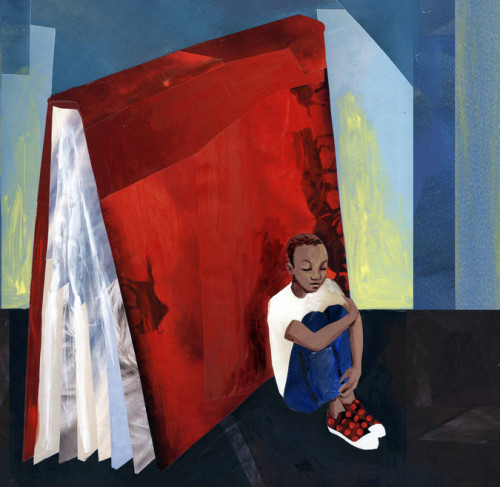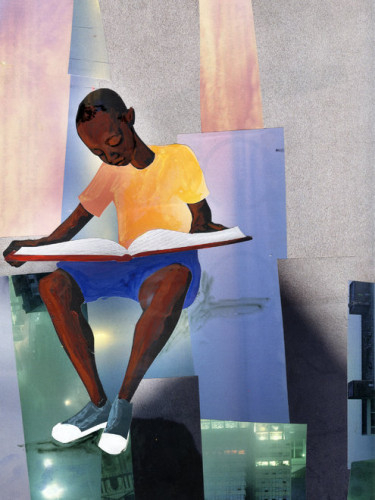Where Are the People of Color in Children’s Books?
Share
Explore Our Galleries
Breaking News!
Today's news and culture by Black and other reporters in the Black and mainstream media.
Ways to Support ABHM?
By Walter Dean Myers, The New York Times
Of 3,200 children’s books published in 2013, just 93 were about black people, according to a study by the Cooperative Children’s Book Center at the University of Wisconsin.

[…]
As I discovered who I was, a black teenager in a white-dominated world, I saw that these characters, these lives, were not mine. I didn’t want to become the “black” representative, or some shining example of diversity. What I wanted, needed really, was to become an integral and valued part of the mosaic that I saw around me.
Books did not become my enemies. They were more like friends with whom I no longer felt comfortable. I stopped reading. I stopped going to school. On my 17th birthday, I joined the Army. In retrospect I see that I had lost the potential person I would become — an odd idea that I could not have articulated at the time, but that seems so clear today.
[…]
Then I read a story by James Baldwin: “Sonny’s Blues.” I didn’t love the story, but I was lifted by it, for it took place in Harlem, and it was a story concerned with black people like those I knew. By humanizing the people who were like me, Baldwin’s story also humanized me. The story gave me a permission that I didn’t know I needed, the permission to write about my own landscape, my own map.
[…]

TODAY I am a writer, but I also see myself as something of a landscape artist. I paint pictures of scenes for inner-city youth that are familiar, and I people the scenes with brothers and aunts and friends they all have met.
Thousands of young people have come to me saying that they love my books for some reason or the other, but I strongly suspect that what they have found in my pages is the same thing I found in “Sonny’s Blues.” They have been struck by the recognition of themselves in the story, a validation of their existence as human beings, an acknowledgment of their value by someone who understands who they are. It is the shock of recognition at its highest level.
Read the full article here.
Read the companion article, The Apartheid of Children’s Literature, by Christopher Myers.
Find more breaking news here.
.









Comments Are Welcome
Note: We moderate submissions in order to create a space for meaningful dialogue, a space where museum visitors – adults and youth –– can exchange informed, thoughtful, and relevant comments that add value to our exhibits.
Racial slurs, personal attacks, obscenity, profanity, and SHOUTING do not meet the above standard. Such comments are posted in the exhibit Hateful Speech. Commercial promotions, impersonations, and incoherent comments likewise fail to meet our goals, so will not be posted. Submissions longer than 120 words will be shortened.
See our full Comments Policy here.